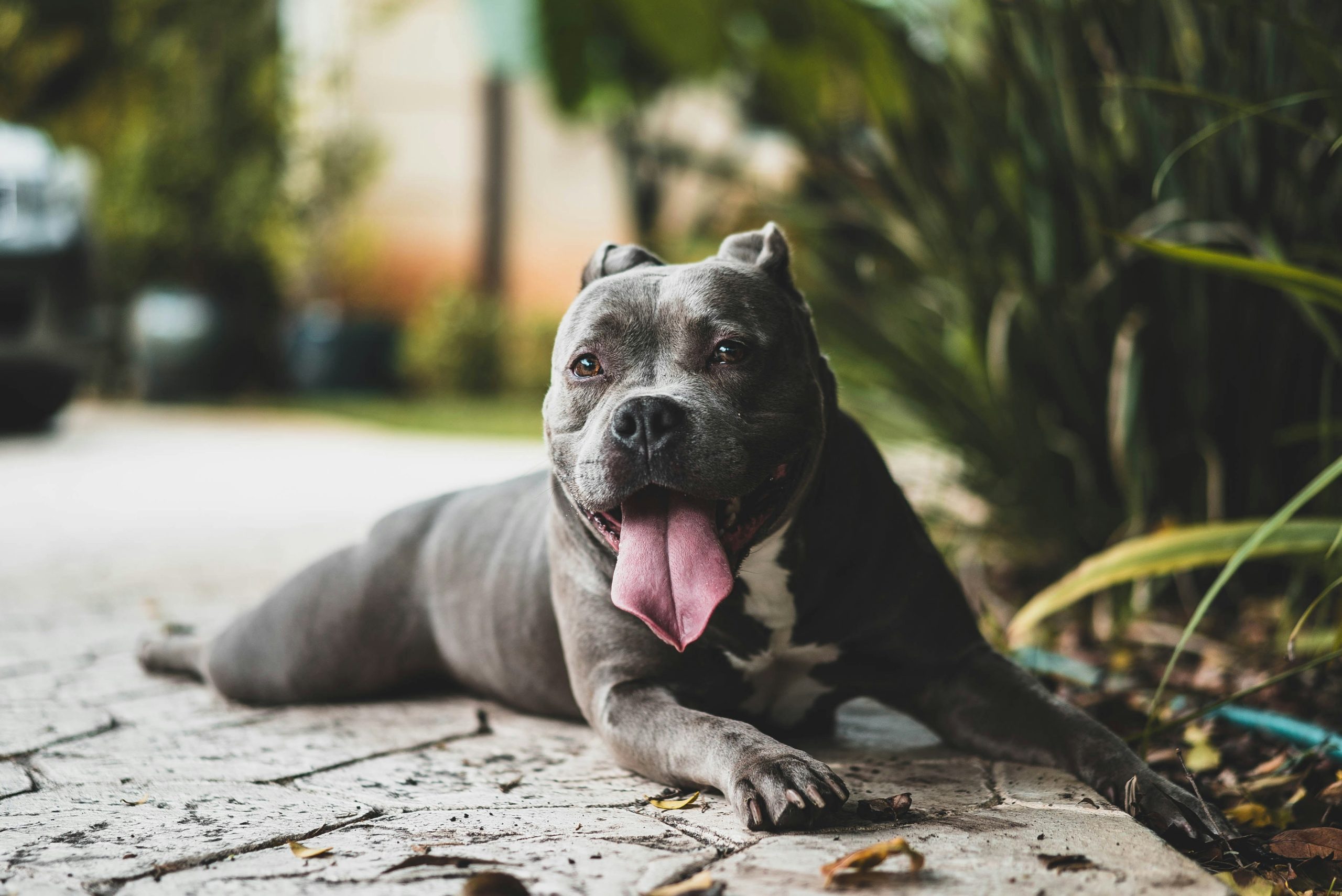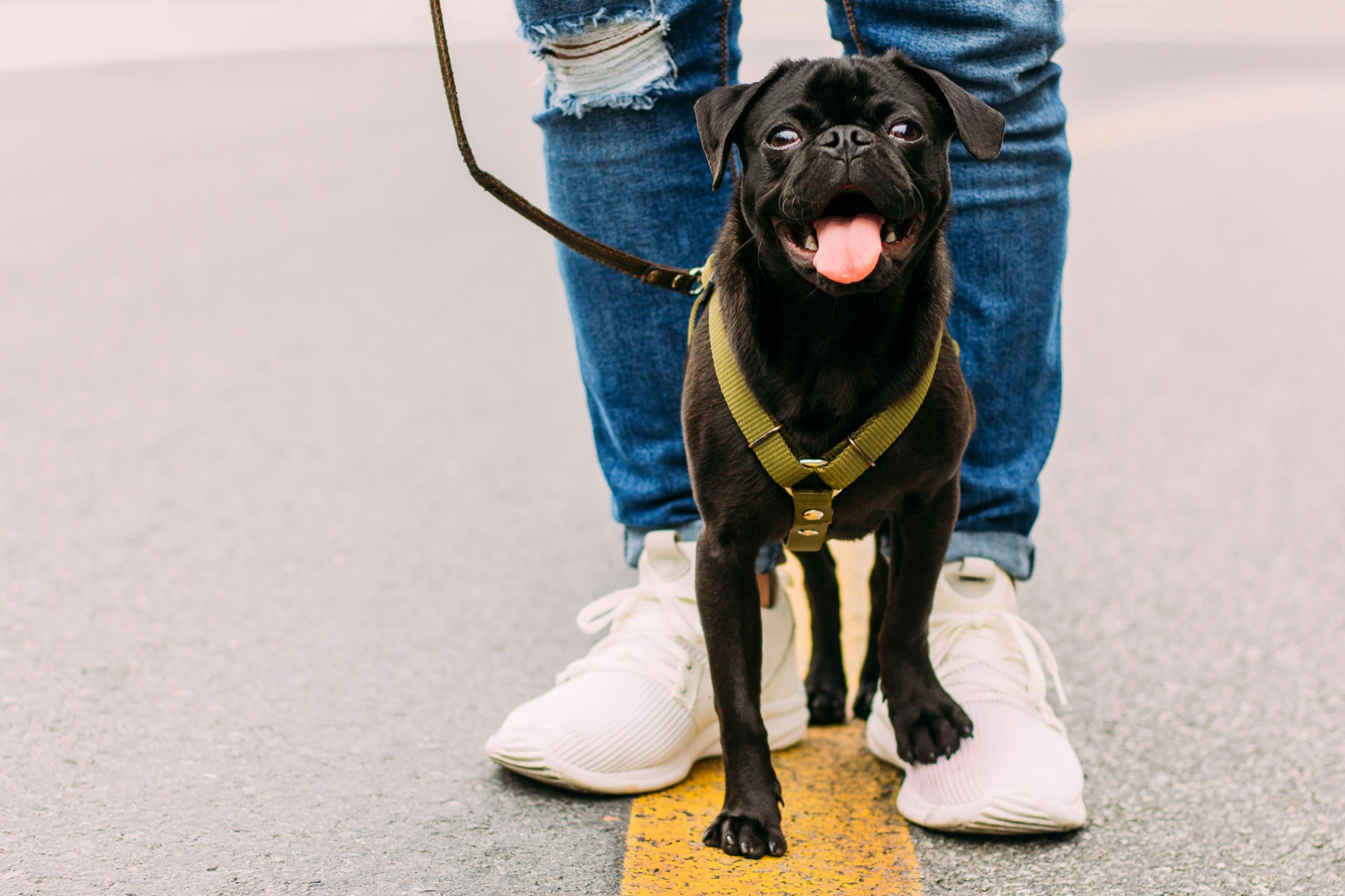Keeping Your Furry Friend Cool: Essential Tips for Hot Weather Pet Safety
Discover the essential practices to keep your pets safe during hot weather walks and activities.
Introduction to Outdoor Pet Safety in Hot Weather
Outdoor activities during hot weather can pose significant risks to pets, such as heatstroke and dehydration. It is crucial for pet owners to implement safety measures to protect their furry companions from the dangers of high temperatures. By being aware of best practices, pet owners can ensure the well-being of their pets during summer activities.
When considering the risks associated with hot weather, one alarming factor is how quickly temperatures can rise inside a parked car, putting pets at risk. For instance, on an 85-degree day, the temperature inside a car with slightly opened windows can reach 102 degrees within just 10 minutes and a scorching 120 degrees after 30 minutes. This rapid temperature increase highlights the imminent danger pets face if left unattended in vehicles during hot weather, emphasizing the importance of never leaving pets in parked cars, even for a short period.
Moreover, recognizing the signs of heatstroke in pets and understanding how to respond promptly is crucial for preventing serious consequences. Symptoms of heatstroke in pets include excessive panting, drooling, rapid heartbeat, vomiting, lethargy, and even collapsing, indicating a severe medical emergency. Therefore, pet owners must educate themselves on these signs and take immediate action, such as moving the pet to a cool place and seeking veterinary assistance, to prevent irreversible harm from heat-related illnesses.
Risks of Hot Weather for Pets
The dangers of leaving pets in parked cars during hot weather cannot be overstated. Even on an 85-degree day, temperatures inside a car with slightly opened windows can skyrocket to 102 degrees within just 10 minutes and a scorching 120 degrees after half an hour. This extreme heat buildup can quickly lead to heatstroke, a life-threatening condition that can cause irreversible organ damage or even death. Taking immediate action or seeking help is crucial if a pet is inadvertently left inside a hot car to prevent such dire consequences.
Moreover, heat-related illnesses are not limited to being left in cars. When outdoors in hot weather, pets are susceptible to overheating, showing signs such as excessive panting, lethargy, and even collapsing. Recognizing these symptoms promptly and responding appropriately is vital to prevent further complications. Owners must be vigilant and proactive in protecting their furry companions from the perils of high temperatures, ensuring their safety and well-being during the sweltering summer months.
Best Practices for Hot Weather Pet Safety
When it comes to ensuring the safety of pets during hot weather, providing adequate shaded areas and cool water is paramount. For instance, setting up a canopy or utilizing trees to create a shaded spot in the backyard allows pets to rest comfortably without being exposed to direct sunlight, reducing the risk of heat-related illnesses. Additionally, placing multiple bowls of fresh, cool water around the outdoor area ensures that pets stay hydrated, especially during scorching temperatures.
Moreover, limiting outdoor exercise on hot days is crucial for preventing heat-related issues in pets. For example, opting for walks during the cooler parts of the day, such as early mornings or late evenings, can help avoid overheating and protect pets’ sensitive paws from hot pavement. By being mindful of the temperature of the surfaces where pets walk, owners can prevent discomfort and potential burns. Furthermore, it is essential to supervise pets closely when they are near water bodies or barbecues to prevent accidents like drowning or burns from hot surfaces, ensuring a safe outdoor experience for furry friends. Being proactive in recognizing the signs of heatstroke, such as excessive panting, drooling, or weakness, and seeking immediate veterinary attention when needed, is critical to safeguarding pets’ well-being during the summer months.
Environmental Precautions for Pet Safety
When considering the safety of our pets during hot weather, it is crucial to keep doors and windows closed to prevent them from escaping and facing potential dangers outside. For instance, curious cats might try to slip out through open windows, exposing themselves to risks such as traffic accidents or encounters with other animals. By ensuring doors and windows are secure, pet owners can provide a safe environment for their furry companions to enjoy indoors without the possibility of wandering off into hazardous situations.
Flat-faced animals, like Bulldogs and Persian cats, are particularly vulnerable to heat-related issues due to their unique facial structure. These breeds often struggle to regulate their body temperature efficiently, making them more prone to heatstroke. To help these pets stay cool and comfortable, owners should consider providing additional cooling options such as cooling mats or fans in their living spaces. Furthermore, scheduling walks and outdoor activities during the cooler parts of the day can significantly reduce the risk of overheating for these breeds, promoting their well-being and safety during hot weather.
In addition to these precautions, being mindful of toxic plants, hazardous foods, and other environmental risks is paramount in safeguarding pets from potential harm. For example, common garden plants like lilies, azaleas, and sago palms can be toxic to pets if ingested, leading to symptoms ranging from mild gastrointestinal upset to severe organ damage. By familiarizing themselves with the list of hazardous plants and foods, pet owners can create a pet-friendly environment that minimizes the chances of accidental poisoning or injuries, ensuring a safer and healthier space for their beloved companions.
Emergency Preparedness for Pet Owners
In addition to utilizing resources like the Red Cross Pet First Aid app, pet owners can take proactive steps to ensure their furry companions’ safety during hot weather activities. For instance, understanding the importance of regular vet checkups is crucial in maintaining pets’ overall health and detecting any potential issues early on. These checkups not only help in preventing heat-related illnesses but also ensure that pets are up-to-date on necessary vaccinations to protect them from various diseases.
Furthermore, completing educational courses like the Red Cross Cat and Dog First Aid online course can significantly enhance pet owners’ knowledge and preparedness in emergency situations. For example, learning how to perform CPR on pets and understanding basic first aid measures can make a substantial difference in saving a pet’s life during a heatstroke incident. Equipping oneself with these lifesaving skills can instill confidence in pet owners and empower them to act swiftly and effectively when faced with a pet emergency. Moreover, being mindful of leash usage can prevent pets from wandering off into dangerous areas or getting into situations where they might be at risk of heat-related injuries or accidents.
Conclusion on Ensuring Outdoor Pet Safety in Hot Weather
When it comes to ensuring the safety of pets in hot weather, proactive measures and heightened awareness play a critical role. For instance, providing ample shaded areas and cool water can significantly aid in preventing heat-related illnesses and dehydration. Additionally, limiting outdoor exercise on scorching days and opting for walks on grassy surfaces rather than hot pavements can safeguard pets from overheating and protect their sensitive paws from burns.
Encouraging pet owners to recognize the signs of heatstroke and understand when to seek immediate veterinary care is paramount. For example, noticing symptoms like excessive panting, drooling, rapid heartbeat, vomiting, lethargy, or collapsing should prompt swift action to avoid serious consequences. By educating pet owners about these best practices and safety measures, we can collectively create a safer outdoor environment for pets during the sweltering summer season.



